Retrospective. Within the framework of the program History of Russia in Photos


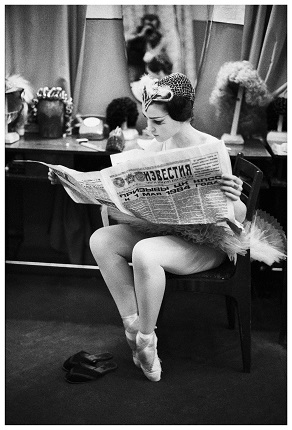
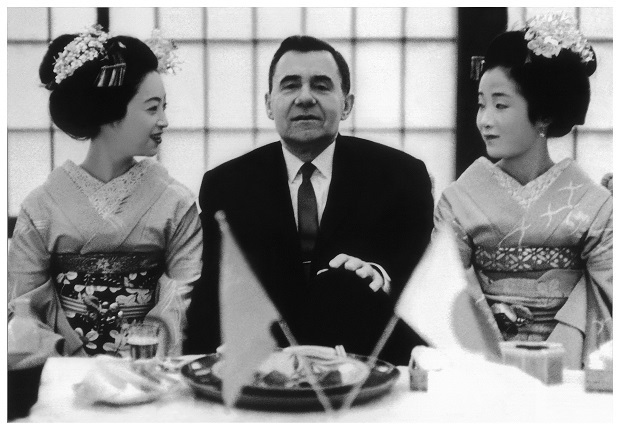
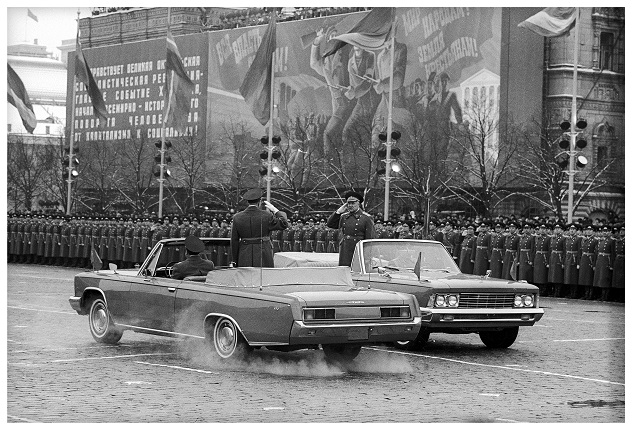
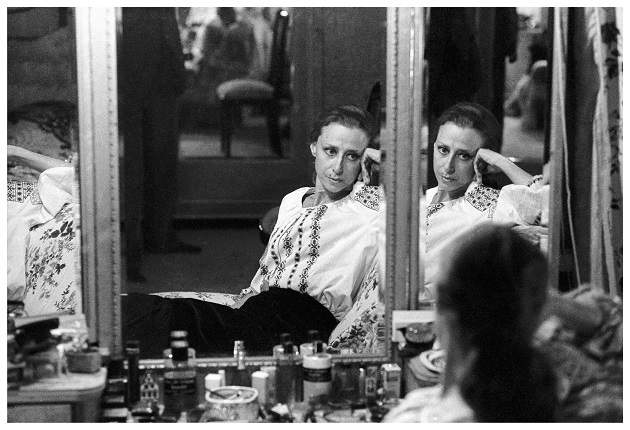
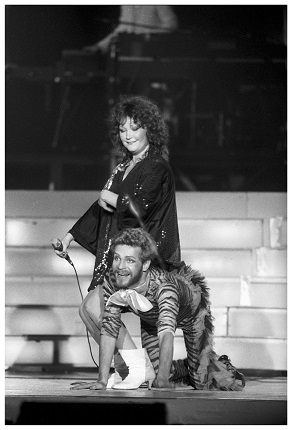
Solemn opening of international competitions "Friendship-84" at the Central Lenin Stadium. Moscow August 18, 1984
In the rain, the 1980s
A ballerina reading Izvestia newspaper Voronezh Opera and Ballet Theatre, 1984
USSR Foreign Minister Andrei Gromyko with geishas at the first visit to Japan at the invitation of the government, 1962
Military parade dedicated to the 60th anniversary of the October Revolution. Moscow, 1977
Ballerina Maya Plisetskaya, 1970s
Alla Pugacheva and Boris Moiseyev at the rehearsal, 1983
Moscow, 16.09.2017—8.11.2017
exhibition is over
Share with friends
For the press
The Multimedia Art Museum, Moscow, presents an exhibition by Alexander Steshanov marking the 80th anniversary of this longstanding photographic correspondent of the Izvestia newspaper.
Alexander Steshanov was born in Moscow in 1937. His father, Nester Andreyevich Steshanov, was a member of a tank crew who reached Berlin at the end of the Second World War. The echo of war would later be heard in an unexpected way in the professional fate of the future photographer. Steshanov himself now says of this: «An old, yellowed photograph is preserved in my family archive as the most precious relic, my father sent it to us in Moscow from Vienna in the spring of 1945. There are three Red Army captains in it. Three tankmen, ‘the crew of a combat vehicle.’ They were photographed in a studio on April 14, the day after the liberation of Vienna (one of my father’s last military awards was a medal ‘For the liberation of Vienna’). And then this is what happened. Father took part in the storming of Berlin. In the summer of 1945, their military detachment was transferred to the Far East, and ‘For victory over Japan’ was added to his military awards. In August he was returned to service in Germany. Coming back through Moscow, he took his family with him. On September 1, I went into the second grade at school in a military town in Brandenburg. Here, strange as it might sound, my professional fate was decided. We lived in a private German house. We were on good terms with its mistress, Frau Frida. When my father was demobilized in 1948, and we were getting ready to go back, Frau Frida gave me her husband’s Leica camera as a parting gift. He had died on the Russian front. With that Leica, when I was already a schoolboy in Moscow, in the fourth grade, I went to the Moskvoretsky House of Pioneers on Bolshaya Polyanka Street (our house was actually just behind it). The head of the photography hobby group was suspicious of the boy with the German Leica, but when he found out his story he realized that my interest in photography wasn’t accidental ... Just a year later my first shot appeared in the Pionerskaya Pravda newspaper with the caption: ‘A photograph by a fifth grade schoolboy Alexander Steshanov’.»
Even as a schoolboy, Steshanov was actively published in Moscow periodicals, such as Evening Moscow and Theatrical Life. Having graduated from 8th grade at a worker’s junior school, he went to a studio at VGIK (the All-Russian State Institute of Cinematography) and enrolled in the cinematography department. 1959 marked a turning point for Steshanov. From VGIK, as the head of a film crew, he was sent to the World Festival of Youth and Students in Vienna, which had been liberated by his father. There, Steshanov got to know a colleague, Konstantin Tolstikov, a special correspondent of the Izvestia newspaper. The latter, seeing the youngster’s enormous creative potential, on returning to Moscow recommended him to his editor-in-chief, Alexei Adzhubei.
«Half a century ago, a newspaper revolution began in Russia. The pages of Izvestia, hitherto gray and boring, became colorful, with striking pictures and stories on the burning issues of the day. Photographs that were all of the same kind, accompanied by formulaic captions (so-and-so at work), were replaced by ‘human’ shots. All of these wonderful changes were linked to the arrival in the mainstream press of a talented and bold reformer — Alexei Adzhubei,» the artist Boris Yefimov recalls in an essay on the work of Alexander Steshanov.
In his drive to transform a dry, official organ and instill new life in Izvestia, the 35-year old Adzhubei backed youth, and Steshanov fitted the bill. For two years he reliably, efficiently and with talent carried out incredibly varied editorial tasks as a «sharpshooter.» In 1961, Steshanov was taken on staff. In the editorial system of values, this meant professional trust and good fortune of the highest level. Steshanov worked at Izvestia for thirty years. Even colleagues who were envious of his success unfailingly praised him — Steshanov never turned down a shoot, didn’t distinguish between «prestigious» and «run-of-the-mill» assignments, happily shot photograph for the in-house newspaper Izvestinets, for which correspondents weren’t paid, gave photography lessons to the likes of Yuri Gagarin...
Gradually Steshanov entered into the ranks of the newspaper’s leading photographic correspondents alongside Tolstikov (they later shared a photographic laboratory), Sergei Smirnov, Yuri Nadezhdin, Mikhail Kharlampiev and others. Steshanov was trusted with the most complex and important tasks. In the same year of 1961 he accompanied the USSR Foreign Affairs Minister Andrei Gromyko on an official visit to Japan. The energetic and resourceful photographic correspondent was later included in the «Kremlin pool.» Together with Sergei Smirnov, he covered the workings of party congresses and sessions of the USSR Supreme Soviet. During his thirty years at Izvestia, he frequently accompanied high level state and political figures on trips abroad and traveled around the whole of the Soviet Union, creating a gallery of magnificent portraits, including Margaret Thatcher, Angela Davis, Fidel Castro, Leonid Brezhnev, Mikhail Gorbachev and Boris Yeltsin.
This «official» aspect only accounted for a small portion of Steshanov’s work, however. His range of creative interests was varied. The master’s service record included the 1980 Moscow Olympics, the Tchaikovsky competition, the ballet premieres of the Bolshoi Theater, the renowned hockey tournaments for the Izvestia Prize and other cultural and sporting events in the life of the country. He created marvelous photographic portraits of Maya Plisetskaya, Msistislav Rostropovich, Galina Vishnevskaya, Paul Robeson, Yevgeny Yevtushenko, Adrian Celentano and many more.
Alexander Steshanov was a master of every aspect of photography, whether grand and large-scale or private and intimate. Like no one else, in his works, Steshanov was able to capture both the «long shot» or overview of time and a «close up» of hope and the personal experiences of his contemporaries.
The text quotes materials kindly provided by Stanislav Sergeyev, Chairman of the History Club of the Russian Press and a columnist for Izvestia newspaper.





